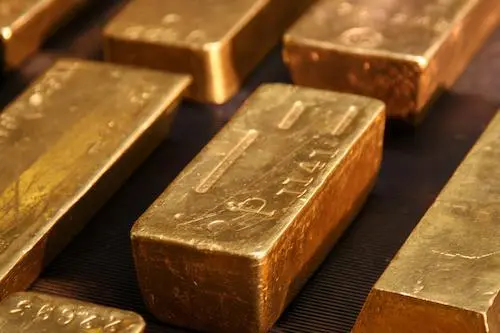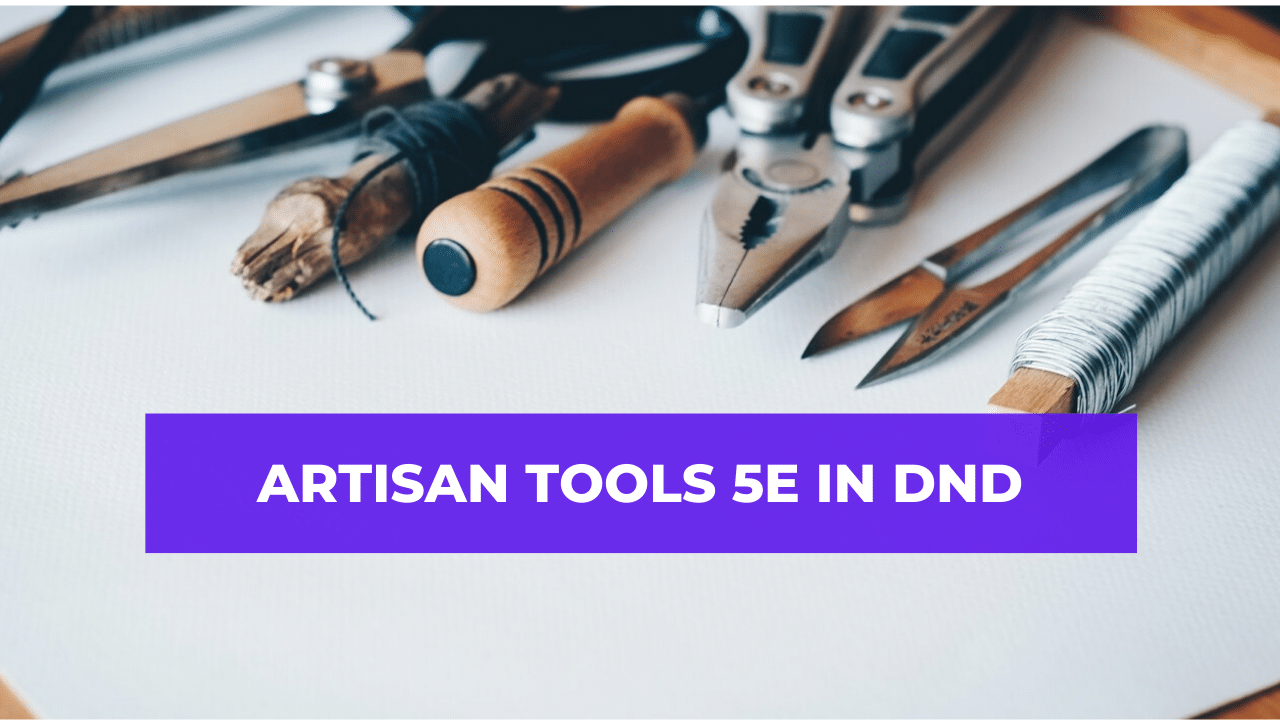In recent years, inflation has become a significant concern for many people. The rising cost of living has forced individuals to re-evaluate their financial strategies, including how to manage assets like gold. For those considering selling gold jewellery, it is important to understand how inflation can affect both the value of the gold itself and the purchasing power of the money received from its sale.
Selling gold jewellery is often seen as a way to access cash when needed, particularly in uncertain economic times. Gold, historically, has been viewed as a reliable store of value, especially when inflation causes the purchasing power of fiat currencies to decline. However, the relationship between inflation, gold prices, and the value of money can be more complex than it may initially seem.
One of the most immediate impacts of inflation when you sell gold jewellery is the potential rise in the price of gold. As inflation increases, central banks may lower interest rates or engage in quantitative easing, which can lead to a rise in gold prices. When you sell gold jewellery during such periods, you may receive a higher return than you would have at a time when inflation was low. This is because, during inflationary periods, demand for gold often increases as investors seek to hedge against the eroding value of currency.
For instance, consider a scenario where gold prices rise due to heightened inflationary concerns. If you sell your gold jewellery during such a time, you might receive a premium for your pieces. This premium could be appealing, especially if you’re looking for immediate cash to meet urgent financial needs. On paper, it seems like a profitable decision, as the amount of money you receive in exchange for your gold jewellery would appear higher than expected.
However, the effects of inflation on the purchasing power of the currency you receive should not be overlooked. While the nominal value of the gold you sell may increase due to inflation, the real value—what that money can actually buy—may not be as high as it appears. This is because inflation erodes the purchasing power of money over time. For example, even if you sell gold jewellery and receive a substantial sum, the cost of goods and services may have also risen, meaning the money you have on hand may not stretch as far as it would have in a period of lower inflation.
Consider the broader context: if you sell gold jewellery and use the proceeds to cover living expenses or pay off debt, inflation may still eat into the real value of what you receive. Everyday costs such as groceries, gas, and utilities may be more expensive due to inflation, meaning that while the sale of your gold jewellery may have provided temporary relief, the longer-term impact of inflation can reduce the effectiveness of your financial strategy.
Furthermore, inflation can introduce volatility into financial markets, and this can affect the gold market in ways that are difficult to predict. While gold has traditionally been a stable asset during times of high inflation, the interplay between inflation, interest rates, and market sentiment can result in price fluctuations that may not always be in the seller’s favor. Thus, selling gold jewellery as a response to inflation requires careful consideration of the broader economic environment and potential future trends.
In conclusion, selling gold jewellery during inflationary periods can provide a higher return in nominal terms, as the price of gold tends to rise with inflation. However, the real value of the proceeds from such a sale can be diminished by the rising cost of goods and services. It is essential for anyone considering selling gold to not only assess the price of gold at the time of sale but also to factor in the broader economic context, particularly the impact of inflation on the purchasing power of the money they will receive. By understanding the full impact of inflation, individuals can make more informed decisions about whether and when to sell their gold jewellery.













